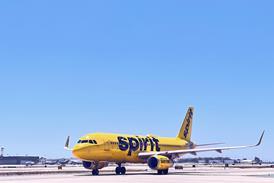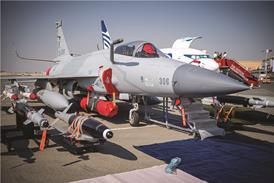The new Philippine Government of President Joseph Estrada is reviewing its defence modernisation priorities in the face of the country's deteriorating financial situation and recent postponement of the multi-role fighter tender submission.
Six competing suppliers had been due to submit tenders for 12 new fighters by 15 July, but this has been delayed, and possibly cancelled ostensibly, because of a legal technicality over a tender bond.
The fighter purchase, along with a similarly delayed warship tender, forms the first element of a planned 15-year, 164.4 billion peso ($3.91 billion) defence plan.
Defence secretary Orlando Mercado wants a review of the modernisation programme to ensure it falls in line with the new Government's policies in advance of the Department of Justice delivers a ruling on the bond issue. The Estrada Administration is placing greater emphasis on resource and environmental protection.
There is also growing concern that the fighter purchase would consume much of the Philippines' rapidly shrinking modernisation budget. The budget is being undermined by a continuing slide in the peso's value against the dollar - 42 compared with 25 in 1996 - and a ballooning 70 billion peso current account deficit.
Local defence officials suggest that other, smaller defence procurements are likely to be given priority over the fighter programme. These include a requirement for up to six maritime patrol aircraft (MPA), five air defence radars and smaller patrol vessels in place of helicopter-equipped offshore combatants.
An MPA circular of requirements has already been released, but an invitation to bid (ITB) has not yet been issued.
Six companies are set to bid, including Bombardier with the Dash 8, CASA and IPTN, both offering the CN235, Lockheed Martin with converted C-130 transports, Pilatus Britten-Norman pitching the Defender and Raytheon offering the King Air.
The radar programme has already suffered prolonged delays since 1995. The last ITB had been due for release in April.
Other contenders are Alenia, GEC-Marconi, Lockheed Martin and Northrop Grumman.
Source: Flight International























